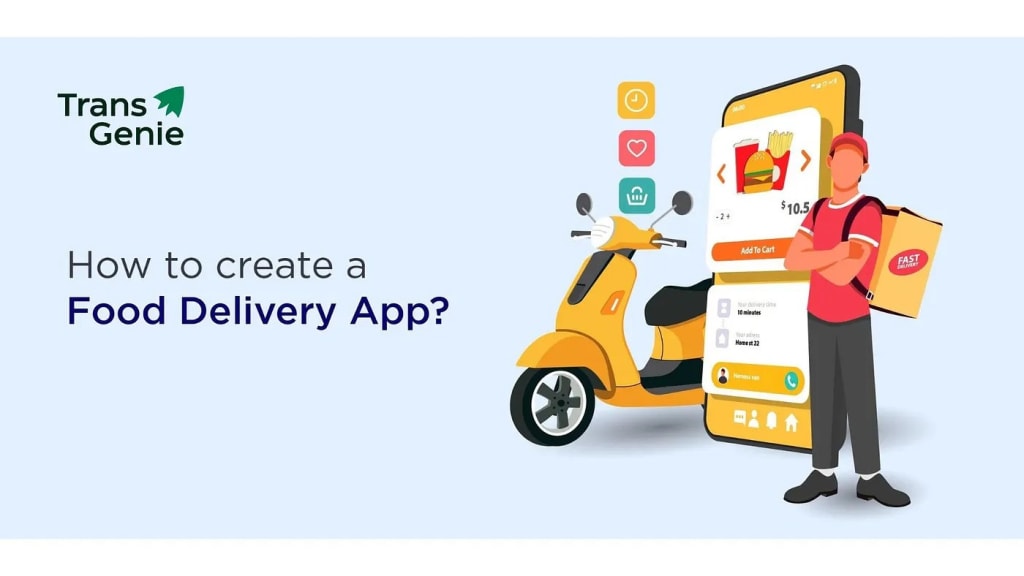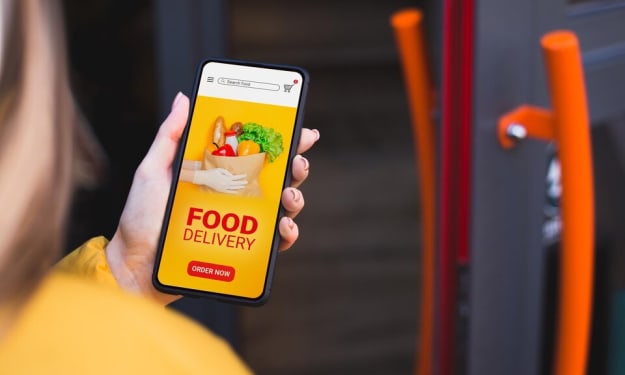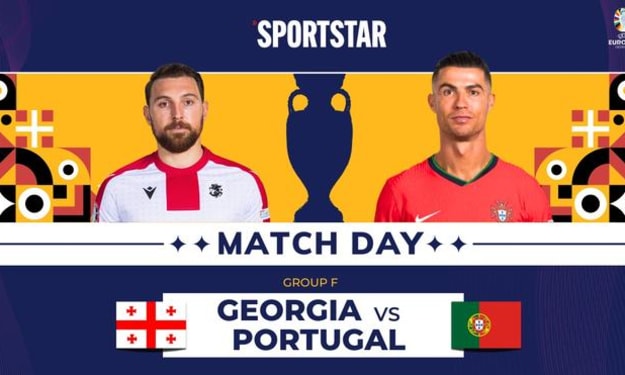How to Make a Food Delivery App in 6 Simple Steps
Create a food delivery app

Like many, I want my dinner to appear in my kitchen as soon as I get home. That wish can come true if someone decides to create a food delivery app for a restaurant. Where can I start the process of creating a food delivery app? Read this article and contact us for details.
Our company has successfully launched on-demand service applications and we want to share our experience. In this article, you will find a brief food delivery business app development guide. We will talk about the different types of food delivery services and examine how they work.
How do food delivery apps work?
Food delivery apps provide convenience and opportunity to many. They are a great way for an individual or family to cope with their busy lives and lack of time to cook. Delivery drivers have a great opportunity to earn some money using just their driver's license. Additionally, restaurants are accessible online thanks to the service.
To understand how the system works, it is important to see how each of its parts behaves.
The customer plays a central role in the system. His actions are quite predictable. The courier wants to receive more delivery requests. It is clear that delivery apps cannot exist without restaurants. Each restaurant must control the process throughout all stages, from obtaining the application to providing feedback.
Food delivery app development steps
Creating the three different parts (consumer, messenger and restaurant) of the app is complicated. If you want your service to be profitable and your app to be recognizable, you must invest money and time. Therefore, we advise resorting to the help of professionals. They will work to ideate the entire development process and make it efficient.
These are the key steps for app development that we use in our company:
To Plan
In this step, you must understand what you want and how you plan to get it. It's time to determine your target audience and which of their problems your app will solve.
It must be understood that each of the three parties involved in the delivery process requires consideration of their unique points of view. The customer wants to receive the food quickly in the fewest steps and pay the least money possible. The courier opens the app to see the map with pickup and delivery locations, as well as an optimal route. The restaurant wants to have a convenient administration panel to instantly receive orders after placing the consumer, as well as to manage dishes and orders.
Investigate
At this point, you must identify your rivals, study the target market and analyze popular cuisines for food delivery app development in your region. Make sure you offer a unique service that is not a copy of those that already exist. Maybe you're unique because you deliver creatively, faster than anyone else, offer exotic cuisines for a specific region, or care about ecology and try to save the planet. In short, it is important to try to be different.
Your business analyst's goal in this step is to create a report that details all the information available about your main rivals, potential restaurants you could work with, and regions that need your service. The more detailed the report, the easier the process will be.
Design
This step consists of three parts. The first part is the sketch, that is, drawing a visual concept of your application. The sketch should not present a real application in detail but should contain only the main features and basic structure.
The second part is wireframing, that is, creating a mockup of the application. Some designers use Photoshop, but there are some specialized wireframing programs, such as Balsamiq, Sketch, Adobe XD or Figma. By using these programs, you can not only create a visual representation of your application but also demonstrate some basic functionalities.
The third part of the design process is to make a complete prototype that shows how the application will work. Clicks should take the user to the right screens and trigger the right actions.
The design must be comfortable. If your app is difficult to use, the user will realize it within a couple of seconds, which can lead to a loss of buyers. Pay attention to the right content. Don't present a dish as unique if the user can find it at the restaurant next door. Update discount information daily to prevent users from feeling cheated by outdated promotions. Avoid putting annoying advertising banners on all pages, even if you think they are effective in attracting customers. Believe me, they are not!
Coding
The development stage consists of two parts: the front end and the back end.
The front end is what users see on their screens. Android app versions are typically written in Java, while iOS versions are developed with Swift or Objective-C. If you decide to develop a cross-platform application, you can use React Native.
When the front end is ready, it is time to develop the back end, which includes servers, databases, and APIs. The main programming languages for the back-end are Java, Ruby, Python, PHP and JavaScript. To store all the information, the most popular services use Cassandra, Riak or NoSQL databases. To build an food delivery API, they use Amazon Web Services or Google API.
Start
All the steps required to make an app accessible to users are collectively referred to as deployment. It has to be uploaded to Google Play and the App Store. Publishing to Google Play is much easier because the service doesn't review new apps. The App Store's policy is different in that it always reviews and must approve an app before it is released. The review process typically takes a week or more.
Update and Process Comments
Launching, or publishing, is not the end point of your app's lifecycle. After appearing on the market, try to keep your app up to date. Listen to your audience, add new features and improve the design. Maintain the application's compatibility with updated operating systems. Update the code even if there's nothing new to add.
The third part of the design process is to make a complete prototype that shows how the application will work. Clicks should take the user to the right screens and trigger the right actions.
The design must be comfortable. If your app is difficult to use, the user will realize it within a couple of seconds, which can lead to a loss of buyers. Pay attention to the right content. Don't present a dish as unique if the user can find it at the restaurant next door. Update information about discounts daily to prevent users from feeling cheated by outdated promotions. Avoid putting annoying advertising banners on all pages, even if you think they are effective in attracting customers. Believe me, they are not!
About the Creator
Transgenie
Our Delivery Management Software is the ultimate solution for businesses looking to optimize their delivery operations.
https://www.transgenie.io
Enjoyed the story? Support the Creator.
Subscribe for free to receive all their stories in your feed. You could also pledge your support or give them a one-off tip, letting them know you appreciate their work.






Comments
There are no comments for this story
Be the first to respond and start the conversation.